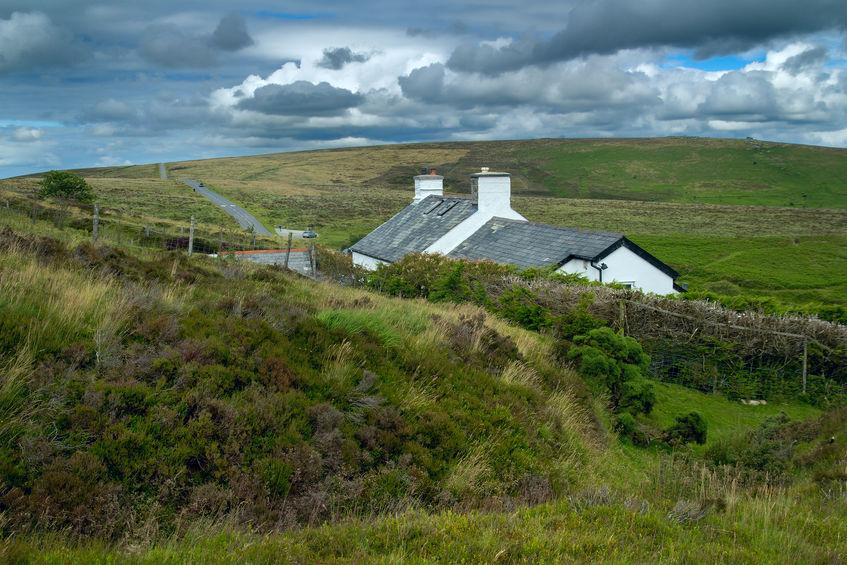
Has the farming industry got its head round the new Structures and Buildings Allowance yet? Saffery Champness offers some insight…
The Structures and Buildings Allowance (SBA) was introduced in 2018, with guidance published earlier in 2019.
Updated detailed guidance was only published more recently, on 30 October 2019.
In that respect, these allowances are still new, and many farming and rural businesses may still be wondering whether they are of benefit to them, and what is and isn’t covered.
Martyn Dobinson, partner at rural chartered accounts Saffery Champness, highlights a few key points to note about the SBA.
What is the SBA?
It’s a flat 2 per cent per annum allowance available for expenditure on new and renovated non-residential structures and buildings, effectively writing off the cost over 50 years for tax purposes.
What are the relevant qualifying dates?
SBAs are available where construction contracts are dated on or after 29 October 2018 or, where there is no contract, the start date of physical works was on or after that date.
Qualifying expenditure needs to be established at the outset, and estimation is not permitted.
What is it based on?
SBAs are generally based on the original capital cost of the construction or renovation.
What buildings/works does it apply to?
SBAs can be claimed on expenditure relating to farm buildings (construction and renovation), fencing, bridges, tunnels, retail and other qualifying non-residential uses.
The structure or building must be used in a qualifying taxable activity in the UK.
It should be noted that under the regular Plant and Machinery Allowance (PMA) fencing only qualifies where it is necessary for personal security purposes.
However, installation of new fencing, or upgrading old fencing, can qualify for SBAs.
Qualifying construction and renovation costs will include design fees, site preparation and fit-out costs.
Who can claim SBA?
SBA claimants must have an interest (freehold or leasehold) in the land on which the structure or building is situated.
What other points to note and what are the other exclusions?
SBAs do not apply to:
• Residential property.
• Expenditure where the Annual Investment Allowance (AIA) is being claimed.
• Expenditure qualifying for Plant and Machinery Allowances (PMAs).
• Land.
• Furnished Holiday Lets (FHLs), whether a new construction or conversion of existing buildings.
Where a building or qualifying asset is demolished, then SBAs cease.
Where a building is sold, the claimant can continue to claim the annual allowance for the remainder of the 50-year period. There are no balancing allowances or charges.
A building or structure will continue to qualify for the allowance during periods of disuse.
Martyn Dobinson explains: “SBAs are claimed in the tax payer’s tax return and the first claimant in respect of a particular structure must provide a written allowance statement.
“They can only be claimed once the building or structure comes into use.
“Care will need to be taken where there are elements qualifying for SBAs and elements qualifying for PMAs and the AIA to ensure that the correct allowance is claimed and that the tax relief maximised.”
